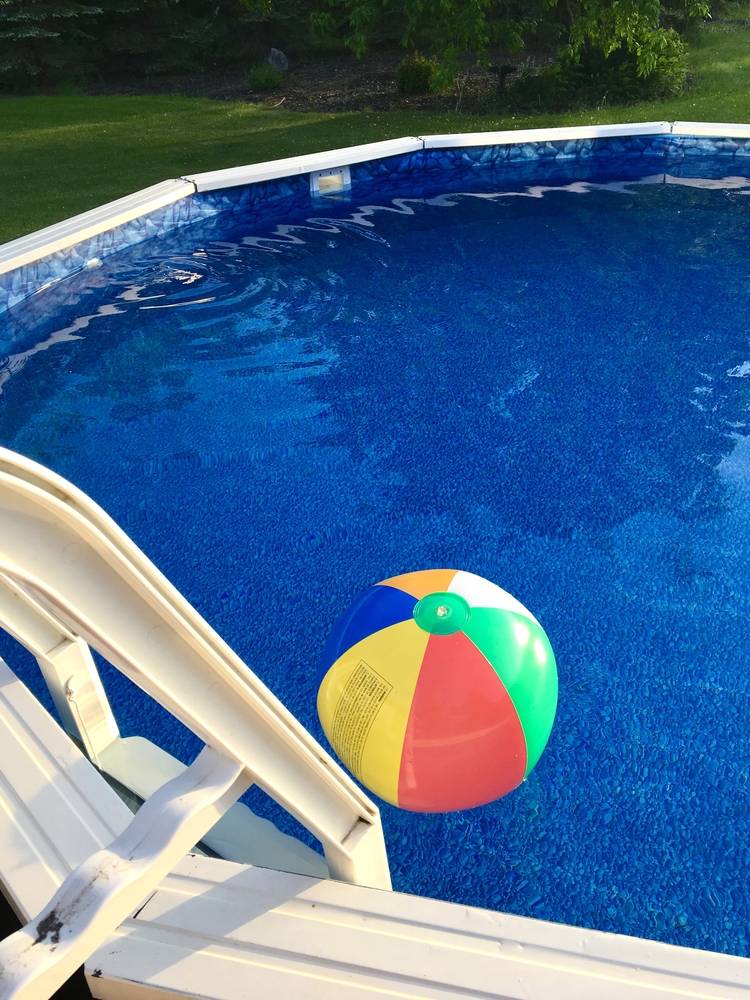Hey Ya'll,
Just bought a home. Guess what, Pool leaks. I got tired of filling pool daily so I let it leak to see how low it would go. It's about a foot below the skimmer and it finally stopped. The spa sits about a foot above the pool level and it is just below the spa jets. However on the pool sit it is well below the jets or anything that could leak with the exception of the "fancy" floor cleaners the spa and pool has.
Since it finally stopped leaking I no longer suspect the floor cleaners to be the route of the issue. Maybe where the spa connects to the pool? I have never been able to see damp areas around the pool or the equipment. I do have a pool deck as well so I assume it would be beneath. I have been waiting for a leak detection for about 2 months and it just got pushed out again so I am eager to see what I can do myself?
How would I be able to identify where the leak is coming from without digging everything up? Any tips or tricks that I can try and then update this thread with pictures or things I can do before I shell out way too much $$$.
Any help is appreciated as I am a new younger home owner and my wife and I have baby #2 on the way in 2 months and money has already been tight.
Thank you in advance.
Just bought a home. Guess what, Pool leaks. I got tired of filling pool daily so I let it leak to see how low it would go. It's about a foot below the skimmer and it finally stopped. The spa sits about a foot above the pool level and it is just below the spa jets. However on the pool sit it is well below the jets or anything that could leak with the exception of the "fancy" floor cleaners the spa and pool has.
Since it finally stopped leaking I no longer suspect the floor cleaners to be the route of the issue. Maybe where the spa connects to the pool? I have never been able to see damp areas around the pool or the equipment. I do have a pool deck as well so I assume it would be beneath. I have been waiting for a leak detection for about 2 months and it just got pushed out again so I am eager to see what I can do myself?
How would I be able to identify where the leak is coming from without digging everything up? Any tips or tricks that I can try and then update this thread with pictures or things I can do before I shell out way too much $$$.
Any help is appreciated as I am a new younger home owner and my wife and I have baby #2 on the way in 2 months and money has already been tight.
Thank you in advance.


